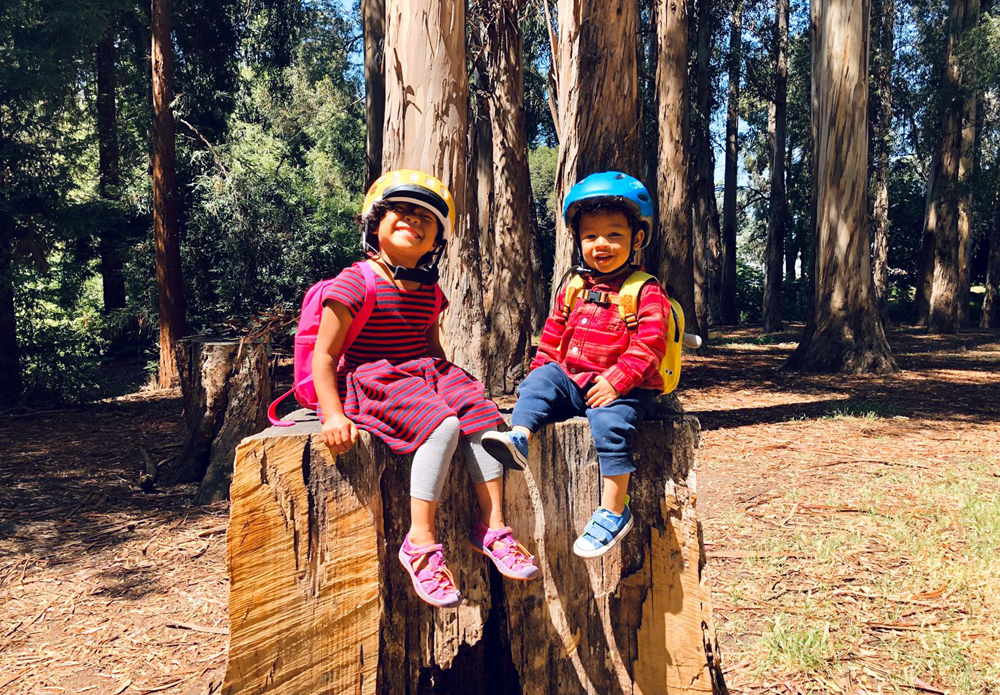My childhood was simple. I attended kindergarten at a Methodist church near my house where my fondest memories were of the peanut porridge they served us for lunch, and my biggest decision was whether to pick banana bread or a Chupa Chup lollipop as a treat on my way home from school with my dad. We sang Christian songs my free-thinking parents did not mind and learned everything we needed to learn while my parents were at work.
I was the younger child and had never held a baby before having one of my own, much less thought about what kind of kindergarten experience I wanted my kids to have. I had kind of assumed I would send them to a church kindergarten or maybe a PAP one. Afterall, they are everywhere in Singapore.
For many parents in Berkeley, America, where we live, sending children to school is a lot about socializing them so they know how to be a good person. However, in 2017, I was running a bicycle boutique, while working as a business education writer, content and communications strategist and web designer for several companies, non-profit organizations and small businesses. Oh, and yes, I did this with my toddler at the shop, often attached to my boob as she was still nursing. Naturally, one of the main motivations for sending her to school was to give her a safe space to learn without me losing my mind. I was stuck between having to earn a strong income to support our family and the guilt of keeping my child home and teaching her myself as so much of vocal California seems to believe is better than sending them to school. They even came up with a word for it – unschooling.
Right across the street from our bicycle boutique was a well known Waldorf school. It was so convenient that it would have been a dream to send Katherine there. The children went on outings everyday, rain or shine, carrying their lunches and water bottles in adorable handwoven baskets. It seemed wonderful till I found out that this dream would cost us $30,000 USD a year for one child. It was then that I also realized that none of the children looked like ours. No little Black boys with curly hair, or little Asian girls with straight black hair. They were mostly blond, fair-skinned children.
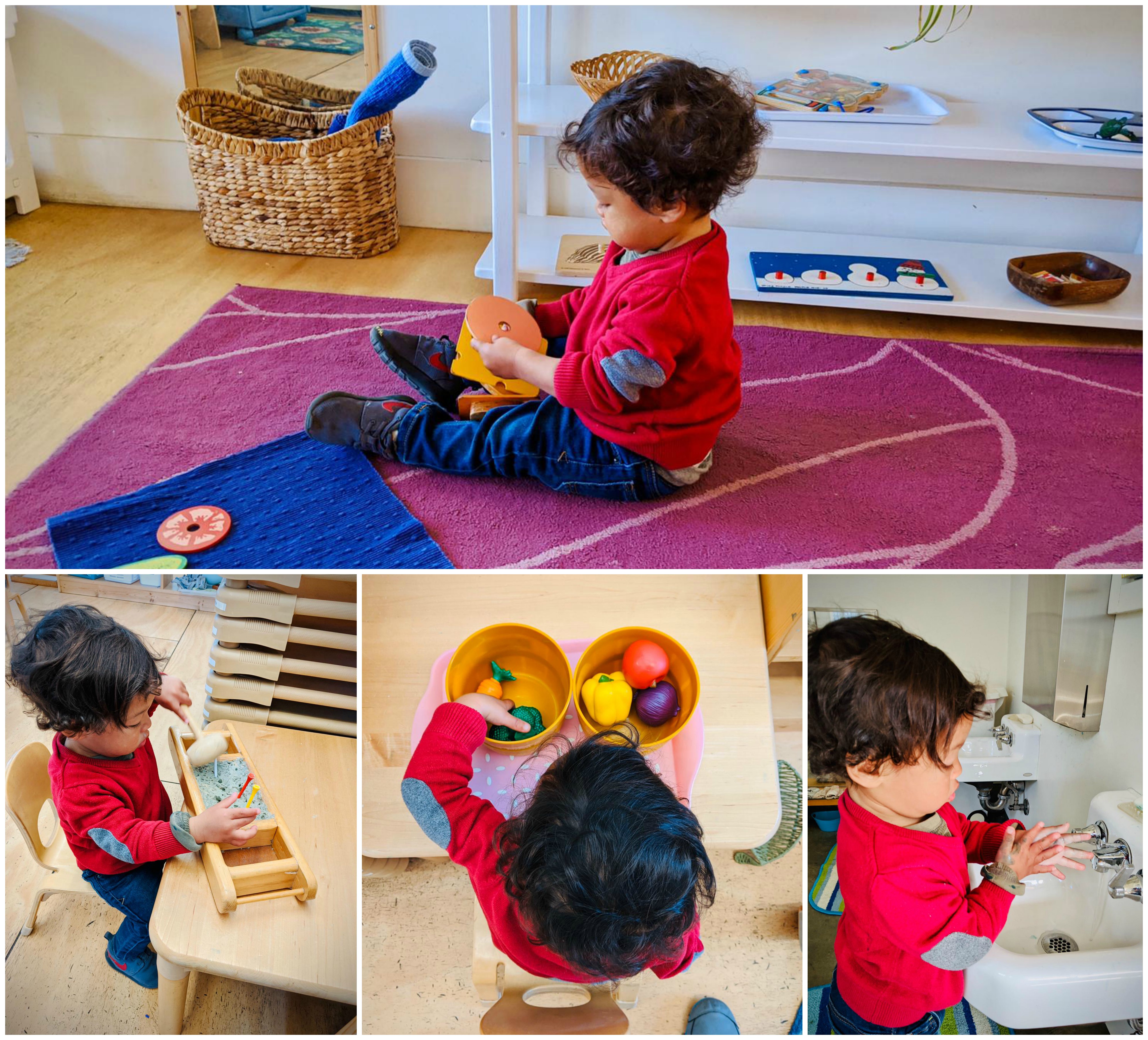
You see, our family is biracial, a mix of Black and Chinese. It is important to my husband and I that our children see other children and families who look like us. The other consideration was that the school understand that we are a small business owning family that works every day to build up the community we are raising our children in. We cannot come in for 2pm school meetings, we cannot have our children go to school for three hours a day, we sometimes cannot even come in on Saturdays for meetings because we have to open for business.
It soon became clear to me that on top of diversity and an understanding of what having working class families in their midst meant and the value we brought to the school, that I also had to try to understand the intentions of the schools we were considering. Here’s what I learned:
The school we chose for our daughter in the end was a Montessori one. Many people assume it’s why we chose it, but really, for most parents, choosing schools isn’t just about what’s best for the child, it also needs to be best for the family.
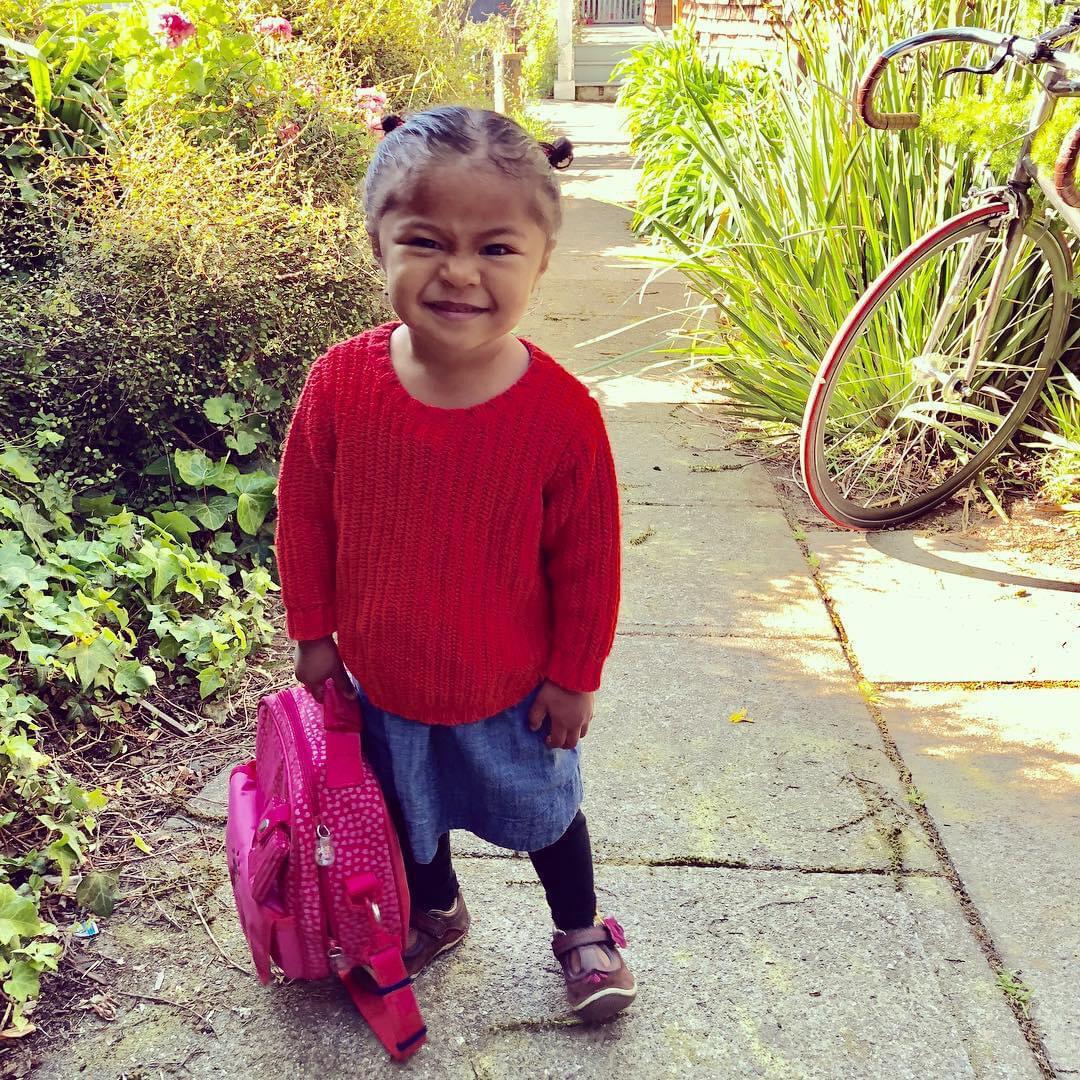
At our daughter’s school:
- Full day school – The children arrive at 8.30am and should be picked up by 5.30pm. This works for us most times.
My husband cannot close the shop early to pick them up, but he can drop them off. I took the Facebook shuttle to Menlo Park at 6am and ran for the 3.30pm shuttle every day to get back to Berkeley. The bus was scheduled to arrive back at a nearby train station at 4.47pm, leaving me with 13 minutes to pick up my son from daycare (Deadline: 5pm), and 30 minutes to get to my daughter. Even so, the shuttle was once caught in a traffic jam and I had to pay $85 in late fees that day ($1 per minute). Thank goodness both of them are now in the same school.
- Fulfill your parent hours in a way you can – Like all other dual-parent families, we put in 20 parent hours a year. We love the school so much for what they do for our children that I am more than glad to be able to help build the school. The best thing is that they allow us to give in a way that we can.
Parents can sign up to help out around the school. Whether it’s gardening, sharpening pencils, repairing gates or doing laundry (washing naptime bedsheets or clothes the children change out of in school), there’s always something to do. My husband had helped out as a handyman and my biggest contributions have been contributing blog posts to the school blog on topics ranging from how to teach a child to ride a bicycle to best family-friendly places and events that are free.
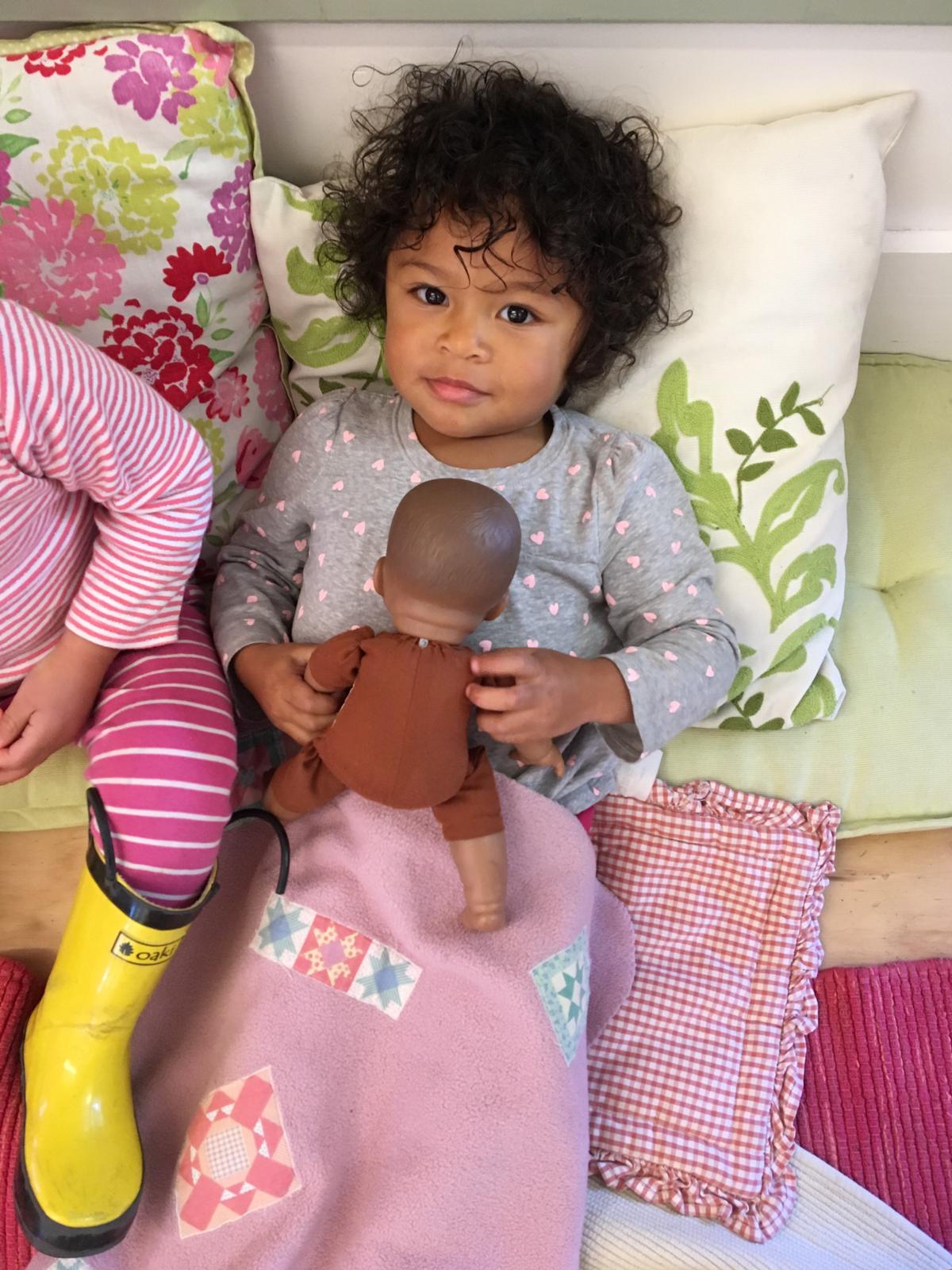
- Life happens, we understand – Parent meetings happen every month. Miss a meeting and you should automatically add $20 when you pay your fees for the next month. Sometimes, the school even has Saturday meetings that go from 9am to 12 noon. Perhaps the most difficult part is that children are not allowed at the meetings, meaning one parent has to take care of the child, or find care, while the other attends the meeting.
All these sounds inflexible and challenging, yet just an email to the school director explaining circumstances like sickness or emergencies can excuse a family from a meeting. Because some of the parents also have older children who have graduated from the preschool into primary or even secondary school, they come back and help babysit the children of families who cannot find care for a $5 donation.
- Diversity at every level – As a Montessori school, classroom materials are filled with diversity, learning about history, geography and social studies of countries globally. The students come from all kinds of backgrounds. Some families receive scholarships because the school recognizes that the diversity they bring to the community is valuable. My daughter has friends who are Chinese, Indian, Ethiopian, European, Canadian and more. And the teachers come from over 30 countries, including Thailand, Iran and Korea.
- Finally, an education our working-class, biracial family can stand behind – My husband and I work a lot. We love our work, we love our community, we talk strategy at meals and are constantly learning about new technologies, engaged in community developments ranging from designing bike-friendly cities to business associations. In fact, pre-Covid, we parked bicycles at over 30 events every summer for free, and yes, our children came with us. All this means we need our children to understand how to be safe and independent even while they play.
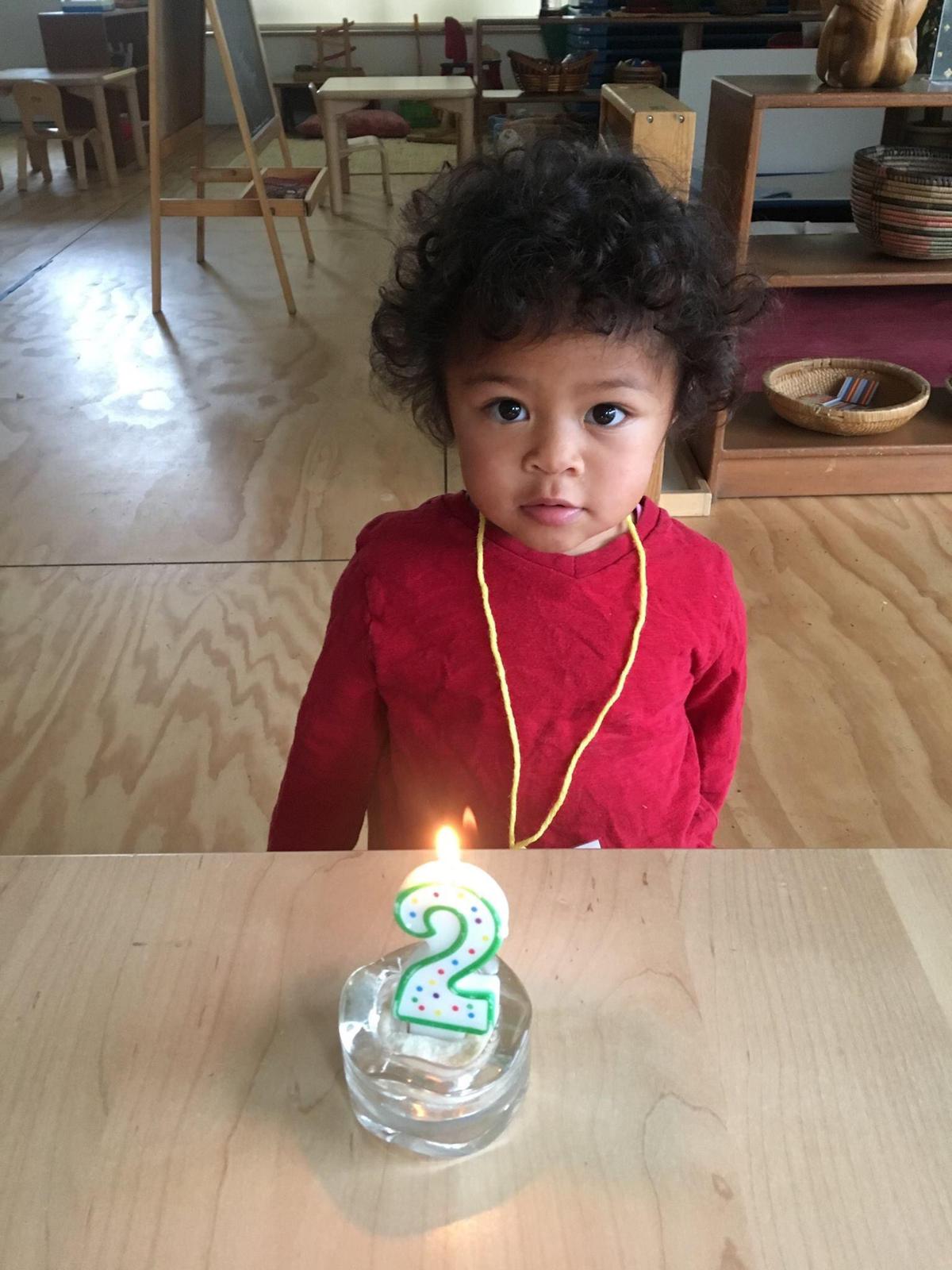
At our children’s preschool, everything is real and miniature. The small toilets and sinks work, my daughter was 20 months old when I learned she could slice and dice. In fact, she had been cutting her own fruits and vegetables at school. Because the Montessori method her school practices involve adults as observers as the children guide their own learning, my daughter understands when we tell her to “hold on”, she can serve herself food, and can engage in self-discovery on her own without a playmate.
In the end, we feel like we’ve made a great choice with our children’s school. It isn’t because they take good care of our children, it’s also because the school takes good care of our family, reinforces the things that are important to us and prepares our children for our home life without unrealistic expectations.



